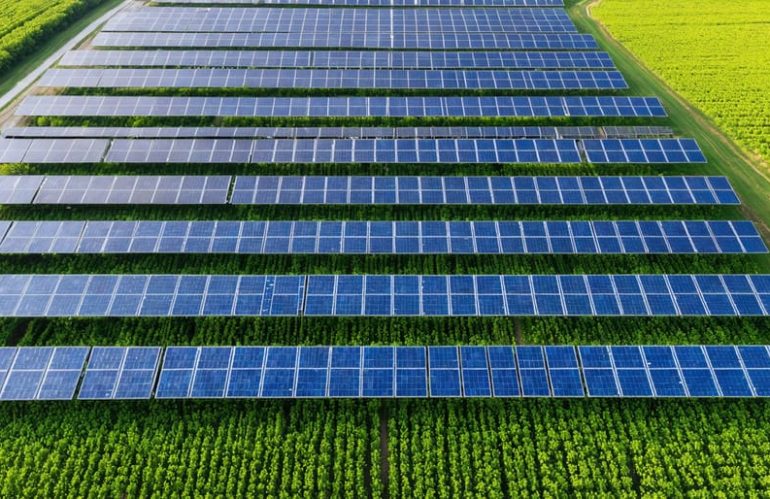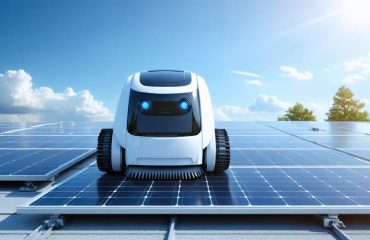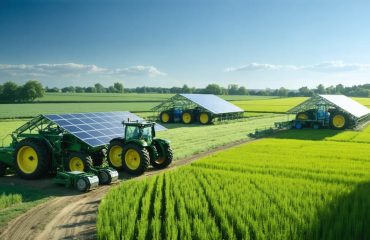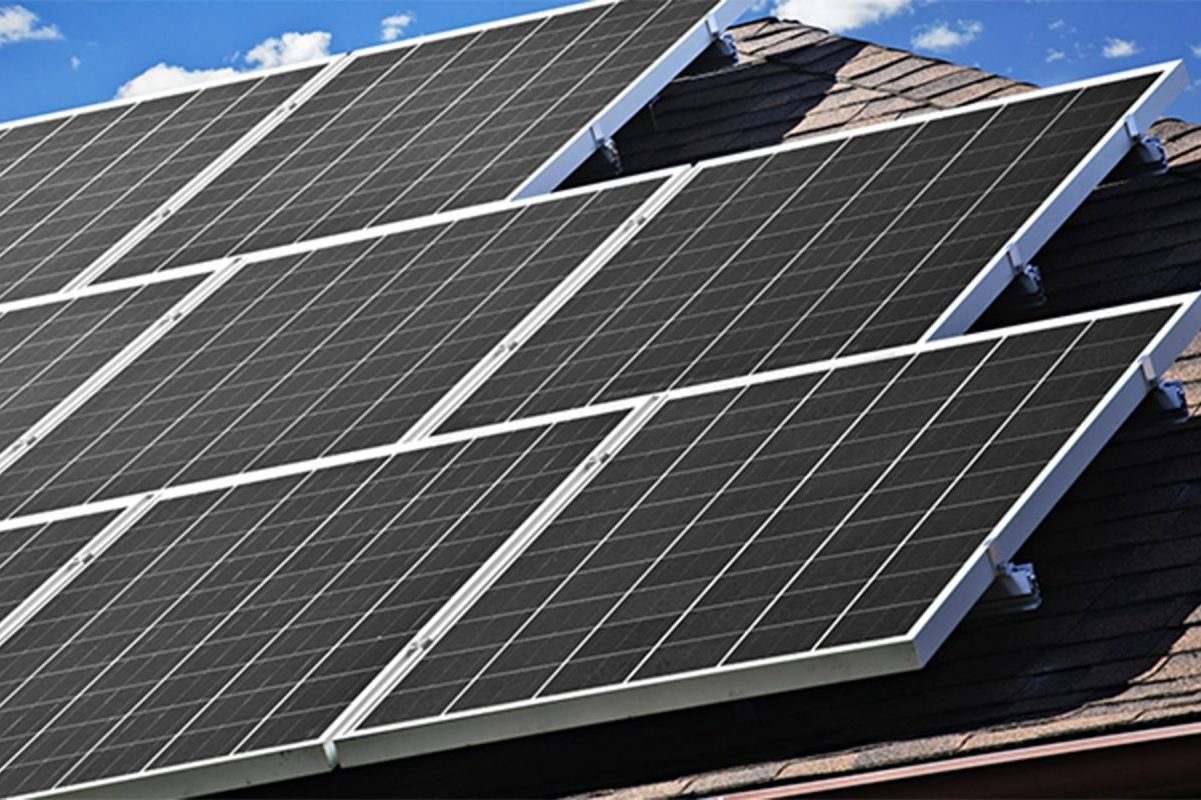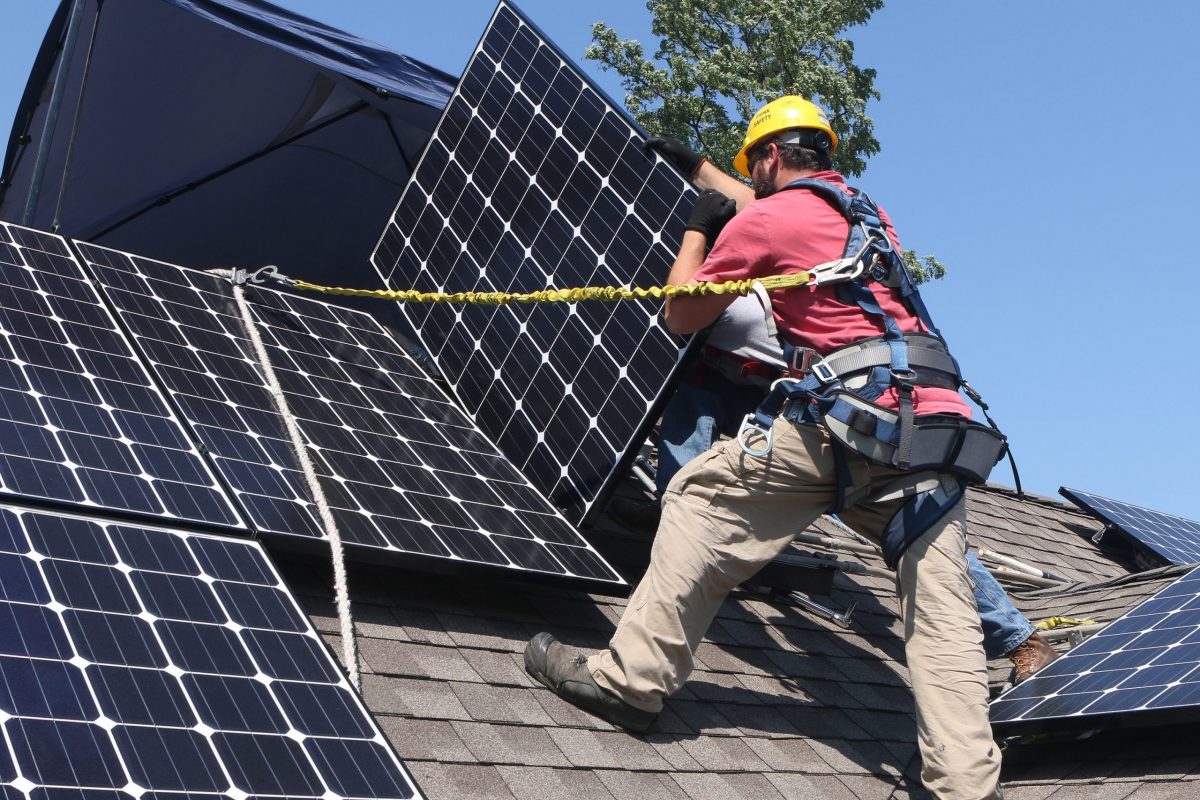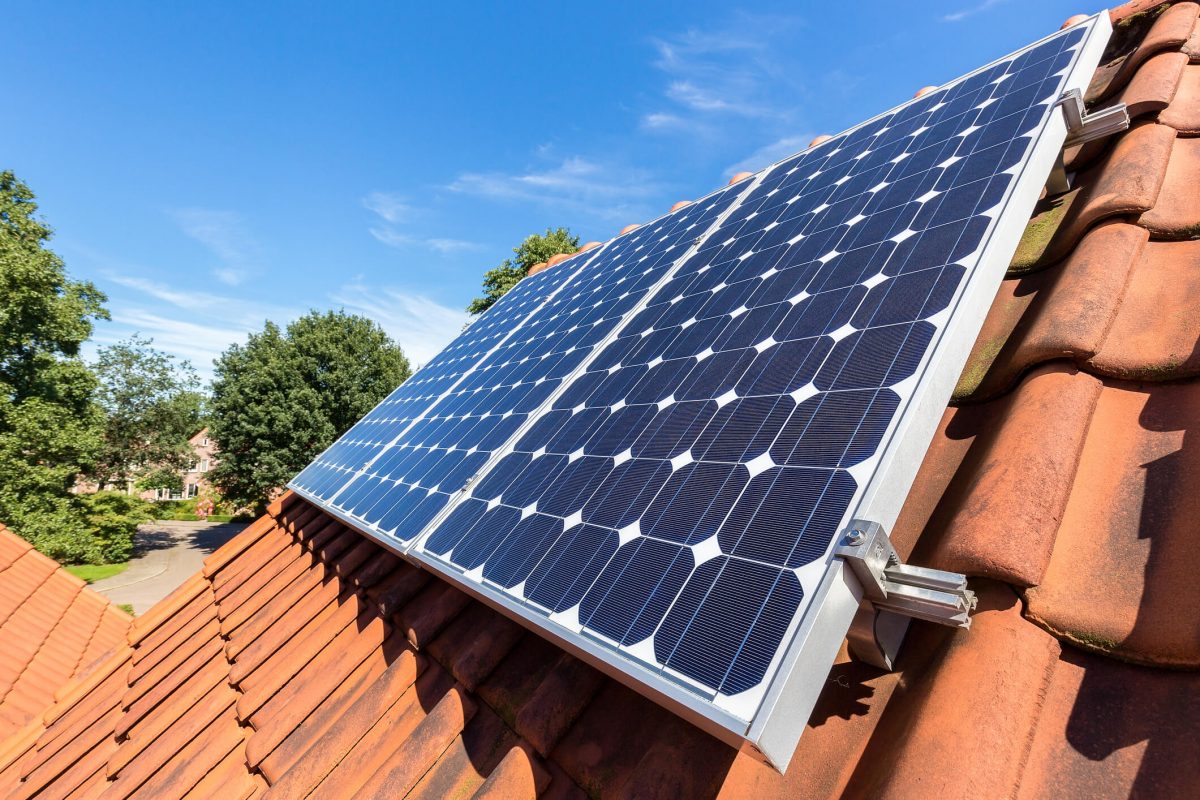Solar farms transform vast stretches of land into clean energy powerhouses, generating electricity that powers thousands of homes and businesses while reducing our dependence on fossil fuels. These large-scale solar installations serve as renewable energy hubs, utilizing arrays of photovoltaic panels to capture sunlight and convert it into usable electricity that feeds directly into the power grid.
Beyond their primary role in energy generation, solar farms represent a crucial stepping stone toward a sustainable future. They create local jobs, provide steady income for landowners through lease agreements, and offer communities a reliable source of clean energy that helps stabilize electricity prices. Modern solar farms can also be designed to support dual-use purposes, allowing agricultural activities like grazing or crop cultivation to continue beneath and between the panels.
As climate change concerns grow and renewable energy technology becomes more efficient, solar farms have emerged as a practical, economical solution for meeting our increasing energy demands while protecting the environment for future generations.
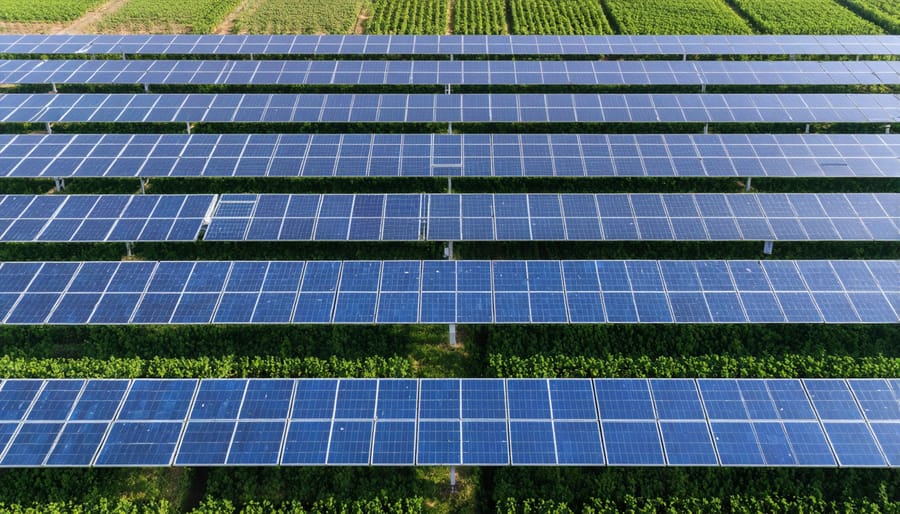
How Solar Farms Transform Agricultural Land
Dual-Income Opportunities
Solar farms offer an innovative approach to land use through agrivoltaics, where farmers can generate two income streams from the same piece of land. This dual-income model allows agricultural operations to continue beneath and between solar panels while harvesting clean energy from above.
Farmers can lease portions of their land to solar developers while maintaining crop production in the spaces between panel rows. Studies have shown that certain crops, particularly shade-tolerant varieties, can actually benefit from the partial shade provided by solar panels. This arrangement can lead to reduced water evaporation and better soil moisture retention, potentially improving crop yields in some cases.
The income from solar leasing provides farmers with a reliable revenue stream that helps offset seasonal fluctuations in crop prices and weather-related risks. Typical solar lease payments range from $500 to $2,000 per acre annually, depending on location and project size. This steady income can help farmers maintain financial stability during challenging agricultural years while contributing to renewable energy production.
Additionally, livestock grazing, particularly sheep, can be integrated into solar farms, providing natural vegetation management while maintaining agricultural productivity.
Land Conservation Benefits
Solar farms offer remarkable benefits for land conservation, going beyond their primary role of generating clean energy. When properly managed, these installations can actually improve soil health and biodiversity. The panels provide shade that helps retain soil moisture, reducing water evaporation and creating favorable conditions for certain plant species to thrive. This controlled environment can prevent soil erosion and maintain valuable topsoil, especially in areas prone to degradation.
Many solar farms incorporate native vegetation between and under the panels, creating habitats for local wildlife and pollinators. This approach, known as solar grazing, allows for dual land use where sheep can graze among the panels, naturally maintaining vegetation while providing additional agricultural value. The soil beneath solar installations often experiences less compaction and chemical exposure compared to intensive farming practices.
During their operational lifetime, solar farms give the land a chance to recover from previous intensive agricultural use. This rest period can span 20-30 years, allowing natural regeneration processes to occur. When solar installations eventually reach the end of their life cycle, they can be removed with minimal lasting impact on the land, often leaving it in better condition than before installation.
Key Applications of Agricultural Solar Farms
Powering Irrigation Systems
Solar farms play a crucial role in modern agriculture by powering efficient irrigation systems that help farmers conserve water while reducing energy costs. These systems use solar-generated electricity to operate water pumps, automated sprinklers, and smart irrigation controllers, ensuring crops receive optimal water distribution throughout the growing season.
By connecting irrigation equipment to solar power systems, farmers can operate their watering schedules during peak daylight hours when solar energy production is highest. This synchronization makes the most of available solar power while maintaining consistent crop hydration. Smart irrigation controllers powered by solar energy can also monitor soil moisture levels and weather conditions, automatically adjusting water delivery to prevent waste and optimize plant growth.
The benefits extend beyond just water management. Solar-powered irrigation systems eliminate the need for diesel generators or grid electricity, reducing both operating costs and carbon emissions. For remote agricultural areas without reliable grid access, solar-powered irrigation provides a dependable, sustainable solution that operates year-round, helping farmers maintain productive crops while embracing environmentally friendly practices.
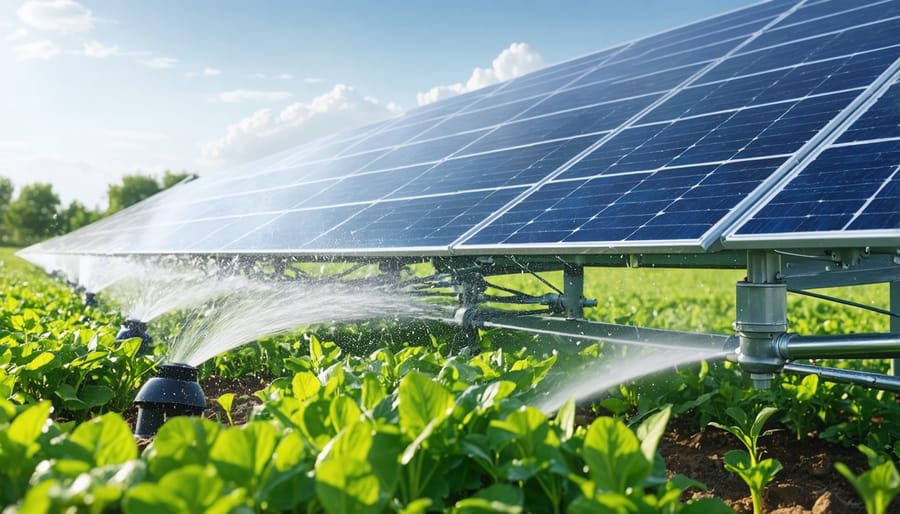
Climate-Controlled Storage
Solar farms can power climate-controlled storage facilities, providing a sustainable solution for preserving agricultural products. These facilities use solar energy to maintain optimal temperature and humidity levels, ensuring crops remain fresh for longer periods. This application is particularly valuable for farmers who need to store sensitive produce like fruits, vegetables, and grains.
By using solar power for cold storage, farmers can significantly reduce their operational costs while maintaining product quality. The consistent power supply from solar arrays helps prevent spoilage and extends shelf life, which is especially crucial during peak harvest seasons. Many facilities also incorporate battery storage systems to ensure reliable temperature control even during nighttime or cloudy conditions.
This sustainable approach to crop storage not only helps reduce food waste but also increases farm profitability. Modern solar-powered storage facilities can be monitored remotely, allowing farmers to adjust conditions as needed while minimizing energy consumption. The combination of solar power and smart storage technology represents a significant advancement in sustainable agriculture practices.
Processing Equipment
Solar farms are revolutionizing how agricultural facilities process their harvests by powering essential equipment like grain dryers, cold storage units, and packaging machinery. Farmers can significantly reduce operational costs while maintaining consistent power for critical processing tasks. By integrating solar power systems, agricultural businesses can modernize your agricultural operation while becoming more sustainable.
These solar installations can power everything from sorting machines to automated packaging lines, ensuring that post-harvest processing continues smoothly even during peak energy demand periods. The reliable power supply from solar farms also helps maintain optimal temperatures in storage facilities, extending produce shelf life and reducing waste. Many farmers find that solar-powered processing equipment pays for itself through reduced utility bills and increased operational efficiency.
During harvest seasons, when energy demands are highest, solar farms provide the added advantage of peak power production, aligning naturally with agricultural processing needs. This synchronization helps ensure that energy-intensive activities like drying and cooling can proceed without interruption or costly utility overages.
Installation Considerations for Agricultural Solar
Optimal Placement Strategies
When designing a solar farm for agricultural land, optimal panel positioning is crucial for maximizing both energy production and crop yield. Modern agrivoltaic systems typically employ elevated mounting structures that raise panels 8-12 feet above the ground, allowing farm machinery to pass underneath easily. This height also ensures even light distribution to crops below, preventing excessive shading.
Panels are usually arranged in east-west rows with adequate spacing between them, creating alternating bands of sun and shade that benefit many crop varieties. This configuration helps protect sensitive plants during peak sunlight hours while maintaining sufficient light exposure for healthy growth. The spacing between rows typically ranges from 12-20 feet, depending on the specific crops being grown and local climate conditions.
Some innovative farmers implement tracking systems that adjust panel angles throughout the day, optimizing both solar collection and crop exposure to natural light. These systems can be programmed to prioritize either energy generation or crop growth during different seasons or growth stages.
For sloped terrain, terraced installations help prevent soil erosion while maximizing available space. Strategic water management systems can be integrated into the design, using panel runoff for irrigation and maintaining soil moisture levels. This thoughtful arrangement ensures that both solar energy production and agricultural activities can thrive together, creating a truly sustainable dual-use system.
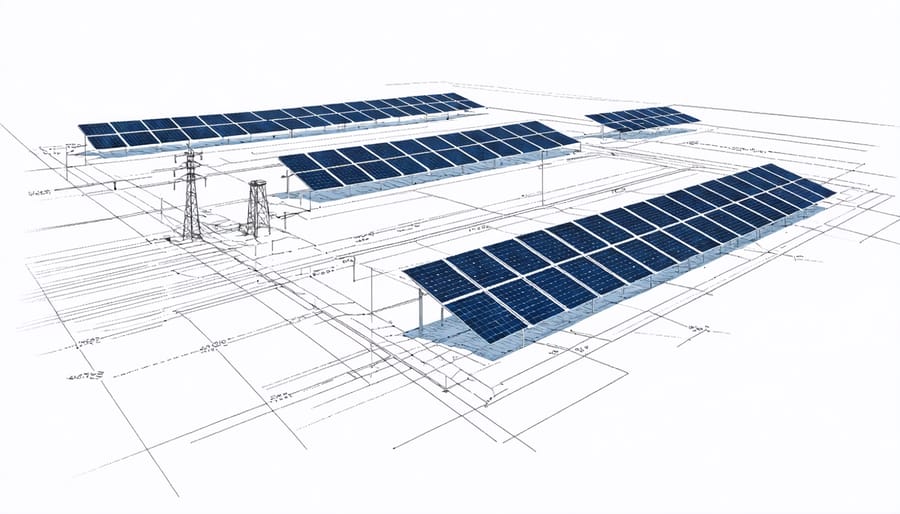
Integration with Existing Farm Operations
Modern solar farms are increasingly being integrated with traditional agricultural practices through a concept known as agrivoltaics. This innovative approach allows farmers to maintain their existing operations while generating clean energy, creating a win-win situation for both agriculture and renewable energy production.
Farmers can continue growing crops or grazing livestock beneath and between solar panels, maximizing land use efficiency. Through careful solar-integrated design solutions, panels can be installed at heights that allow farm equipment to pass underneath, while their spacing can be optimized to ensure adequate sunlight reaches crops.
The panels actually provide several agricultural benefits. They create partial shade that can protect certain crops from intense heat and reduce water evaporation, potentially increasing yields for shade-tolerant plants. The shade can also provide comfortable areas for livestock, particularly sheep, which naturally help maintain grass height around the panels.
Installation can be planned around existing irrigation systems, and in some cases, the solar infrastructure can even enhance water management. Rain running off the panels can be collected and redistributed, while the shade they provide helps retain soil moisture. This dual-use approach not only maintains farm productivity but often improves it while creating a new revenue stream through energy generation.
Solar farms represent a powerful solution for our energy needs while promoting environmental sustainability. These installations not only generate clean, renewable energy but also create opportunities for dual land use, particularly in agricultural settings. By combining solar power generation with farming activities, landowners can maximize their property’s potential while contributing to a greener future.
The benefits of solar farms extend beyond environmental impact. They provide steady income through power generation, reduce dependency on fossil fuels, and create local job opportunities. For farmers and landowners, agricultural solar installations can offer financial stability through diversified income streams while maintaining productive land use.
As we face increasing energy demands and environmental challenges, solar farms emerge as a practical and sustainable solution. Whether you’re a farmer looking to optimize your land use or a property owner interested in sustainable energy, consider exploring solar farm opportunities. With advancing technology, supportive policies, and growing demand for clean energy, there’s never been a better time to invest in solar power. By embracing solar farming, we can work together toward a more sustainable and energy-independent future.

